Validated Treatments
Treatments > Validated Treatments > Active Surveillance
A non-interventional strategy
As the most recent validated treatment, active surveillance (AS) is the only non-interventional strategy amongst the large therapeutic arsenal available in localized prostate cancer. It differs from the socalled watchful waiting (WW) treatment by different aspects as mentioned in table 15. While AS is considered as a « curative » therapy which for a non-interventional therapy sounds weird, WW does not have this ambition. The curative qualification of AS lies rather in the striking results of the main studies comparing AS to interventional therapies namely radical prostatectomy (RP) or external beam radiation therapy (EBRT) with at least at 10 years follow-up no difference in mortality between the 3 treatments. The modalities of AS are far more elaborated than those of WW and as the first does need at least a life expectancy of 10 years the latter can only be applied within a shorter time lapse. Eventually in most of the protocols AS can only apply to Low Risk prostate cancer patients (few favourable intermediate-risk protocols) while WW can be proposed to any patients with a life expectancy below 10 years.
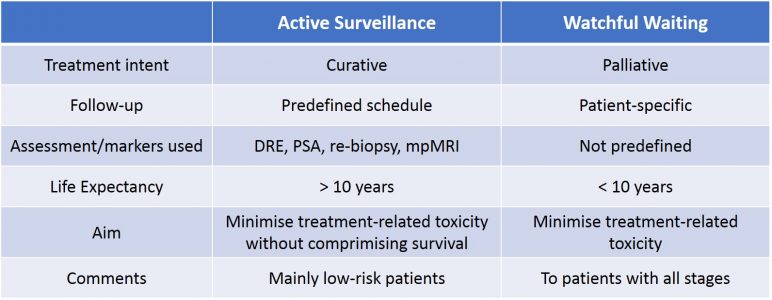
Table 15 : Differences between the active surveillance and watchful waiting (source EAU 2020)
Indication/Protocols
Unlike radical prostatectomy or EBRT active surveillance does not bear any technical aspects but rather protocols of surveillance. Active surveillance is based on three parameters : biological (PSA), clinical (DRE) and pathological (prostate biopsies) (picture 49). Most protocols and the socalled DETECTIVE study which aims at developing a consensus would agree on a criteria including the less possible aggressive cancer (ISUP 1), no findings or at maximum one nodule on the digital rectal examination and a PSA below 10 ng/ml (table 16) [17]. The number of cancerous cores and the length of the cancer in each core is also an issue knowing that it will largely depends on the total number of cores taken. In that perspective favourable IR could also be considered with an even more reduced number of cores and length invaded. As most of patients under AS pertain to the LR group and with an constantly increasing knowledge of the natural history of prostate cancer the modalities of surveillance tends to ease. Indeed initially without possibility to visualize the tumour by any imaging means a 3 months-rate consultations with a PSA blood test and DRE the first year with more distant visit latter (6 months-rate) was proposed in many protocols. Also a new prostate biopsy set is still mandatory 3 to 6 months after the diagnosis based on the old-fashioned randomised biopsy technique from the pre-mpMRI era. Although in LR patients in most of the case a normal MRI excludes an aggressive disease or a spread of the cancer outside the prostate gland presently mpMRI is not recommended in the management of AS patients. The most invasive aspect of AS is undoubtedly the need of repeated sets of biopsies at a regular interval (> one year).
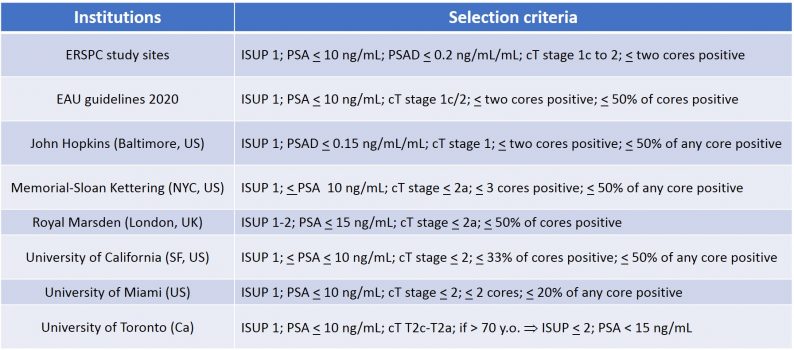
Table 16 : AS criteria according to different institutions or learned societies
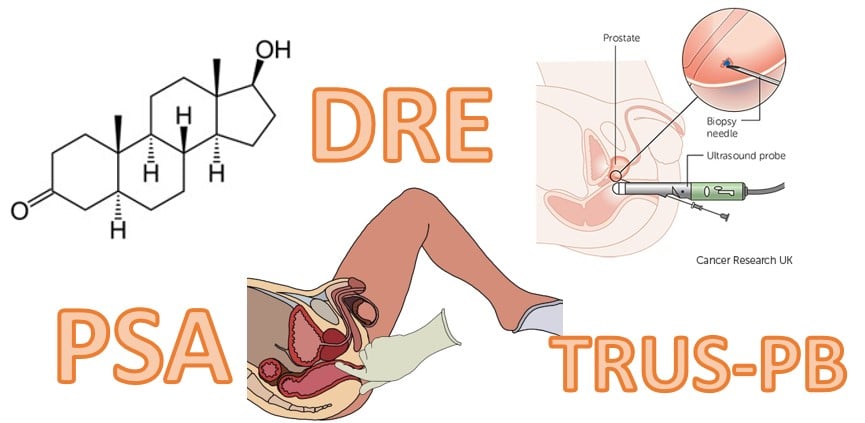
Picture 49 : Active surveillance protocols are based on the ancient diagnostic triad
Guidelines/Recommendations
The indication of AS is mainly focused on LR patients and in less extent to favourable IR. A life expectancy of at least 10 years is necessary to enter a protocol of AS (Table 17).

Table 17 : Recommendations of the EAU regarding the indications of AS in the LR and IR risk groups (source : EAU guidelines 2020)
Results
In the table 18, the number of patients who died from prostate cancer at 10-years follow-up is very low confirming the relevance of AS as a therapy in LR and selected favourable IR disease with the pitfall of progression. Indeed one-third of the patients within 2 years and around half of them at 5 years will progress. In the European PRIAS study, at 10 years follow-up, 73% of patients under AS decide to go for an active management often due to a more advanced disease [18]. Even in the Movember GAP3 Consortium population of more than 10 000 patients at 5 and 10 years respectively 44% and 64% of men engaged in an AS discontinued the strategy (picture 50) [19]. In order to get an optimal control of the potential spread of the disease at mid- or even long-term one would rather choose a physical treatment of his cancer when the cancerous lesions can still be easily destroyed.
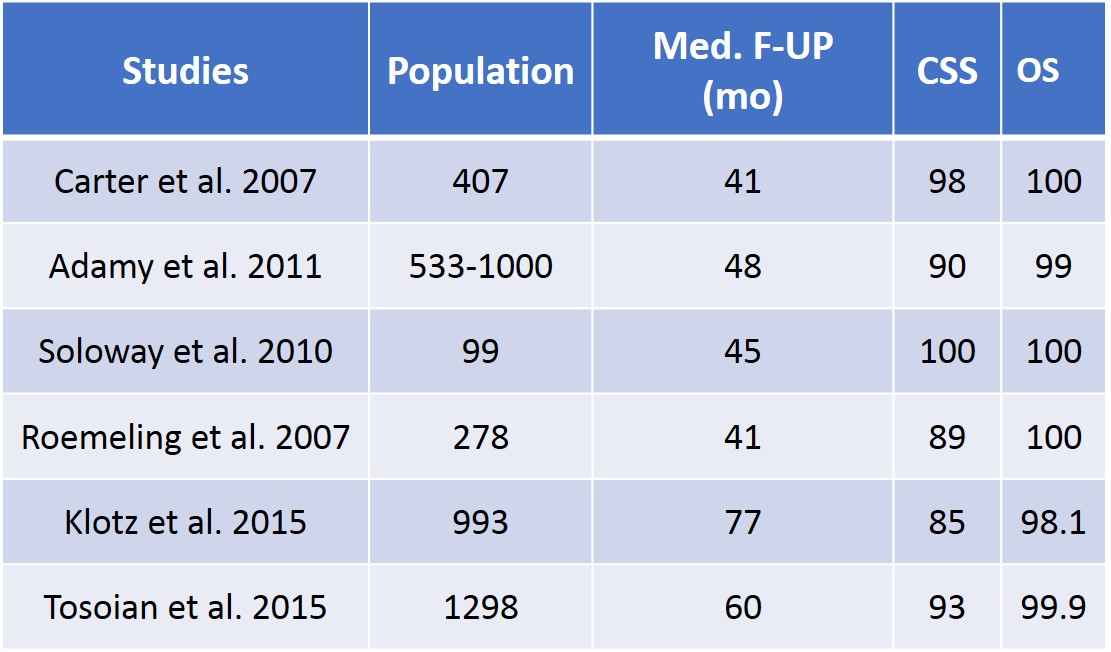
Table 18 : Cancer Specific Survival (CSS) and Overall Survival (OS) results in active surveillance at 10 years (source EAU 2020)
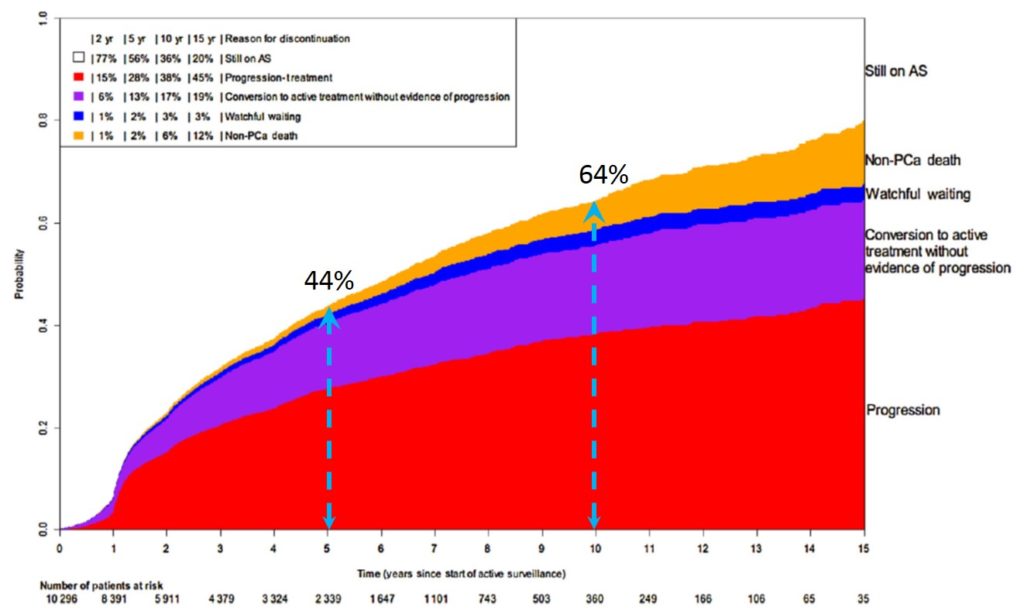
Picture 50 : Reasons and proportions of discontinuation of active surveillance (source : Movember GAP3 Consortium)


